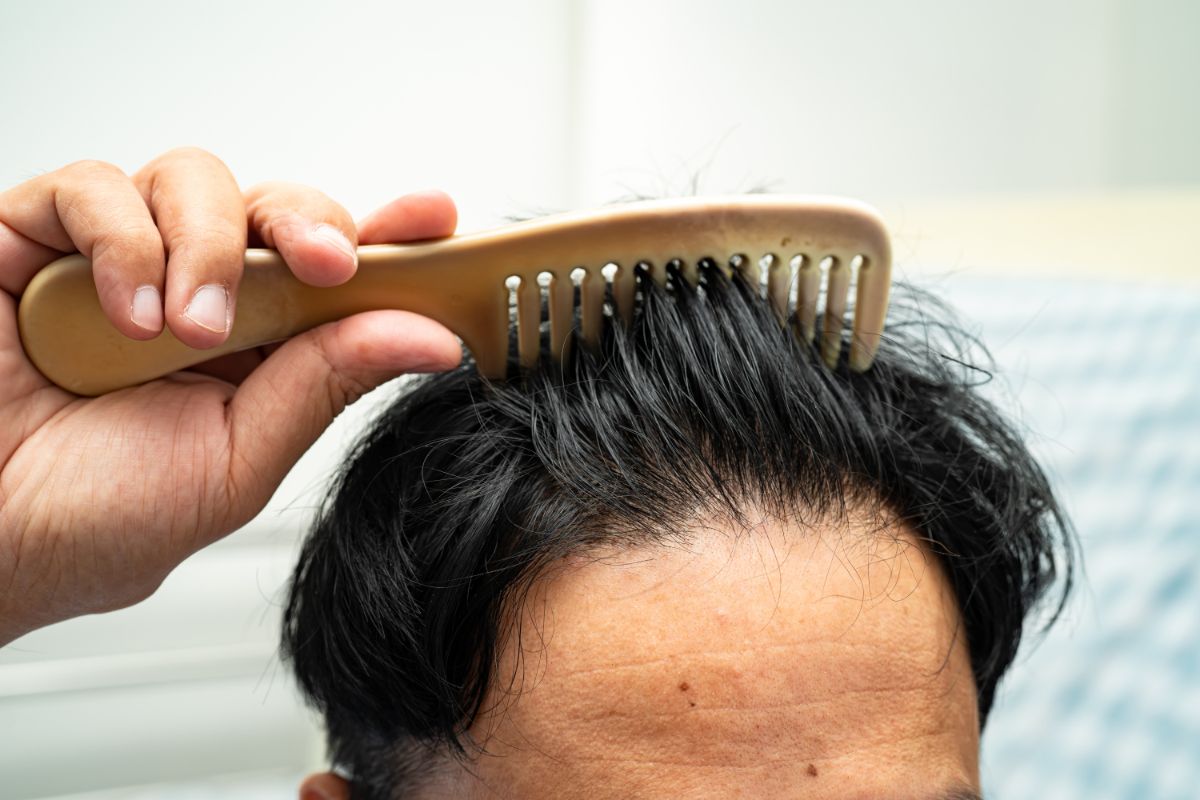DHI hair transplantation is a modified version of FUE that reduces physical handling, trauma and infection risk of the grafts, while also enabling surgeons to implant them directly into recipient areas without first creating canals for them.
DHI is a method in which hair grafts are implanted at an angle and depth that mimics natural hair growth, making it more discreet than FUT.
Cost
When it comes to DHI vs FUE hair transplantation procedures, many patients become confused by differing opinions that they find online. Most articles refer to two implantation techniques – though their differences may not be so evident at first glance. Most clinics offer DHI transplant procedures that use FUE techniques but incorporate numerous modifications for more natural-looking results and minimal donor trauma; sharp implanters instead of premade incisions create recipient sites, meaning less damage will be done to hair follicles than when extracted with forceps.
Recovery
There are numerous articles online asking “which treatment is better: FUE or DHI?” but these miss the point about what FUE actually is. While FUE can be an excellent technique, its two-step nature increases errors while decreasing angle and depth control over implantation.
The DHI method utilizes sharp implanter pens to simultaneously create recipient sites and transplant a hair graft, leading to less trauma for both parties involved and creating more natural-looking results. Although still new, DHI has shown effectiveness both long and short term; though both methods can leave scarring depending on which clinic/surgeon you select.
Results
People often become confused when selecting their hair transplant method of choice between DHI and FUE, since both treatments take similar amounts of time for recovery, with results typically appearing within four months. So which gives better results? That depends on various factors – it is crucial that you find a clinic with experienced doctors and staff for best results.
The DHI technique was created to minimize trauma and achieve natural-looking results with less discomfort for patients. Based on FUE principles but featuring radical modifications that optimize its process. These include single-step implantation procedures and manual extraction with single-use titanium-tip instruments as well as rigorous protocols covering every step of treatment.
Previous extraction techniques involved using motorized punches to cut into the scalp and extract grafts from donor areas, causing high levels of trauma and decreasing survivability of transplanted grafts. To compensate, slits were made in the skin, and individual follicles pushed through them using forceps, creating poor implant results with unpredictable angles and directions of hair growth implantation.
With the DHI method, follicles are extracted using an implanter pen which simultaneously creates canals and implants them – increasing efficiency while giving doctors better control over angle, direction and depth of implanted follicles.
Scarring
The terms dhi versus fue have become an often-referenced discussion online. They refer to two implantation techniques; incisional methods create recipient sites while sharp implanter pens help create recipient sites and transplant hair follicles into recipient sites.
The DHI method can be used to plant larger areas of scalp than FUE does, as well as insert grafts at precise angles and depths for natural-looking results.
However, both DHI and FUE methods can cause scarring. To help minimize this possibility, select a clinic with experienced surgeons to ensure the grafts survive and grow, using minimally invasive implant techniques that minimize scarring caused by FUT procedures as well as any pain experienced post surgery. This is also likely to shorten recovery times substantially.
Disclaimer: The content on this blog is intended for general informational purposes only. It is not a substitute for professional medical advice, diagnosis, or treatment. Always consult qualified healthcare providers for personalized advice. Information regarding plastic surgery, dental treatment, hair transplant, and other medical procedures is educational and not a guarantee of results. We do not assume liability for actions taken based on blog content. Medical knowledge evolves; verify information and consult professionals. External links do not imply endorsement. By using this blog, you agree to these terms.










